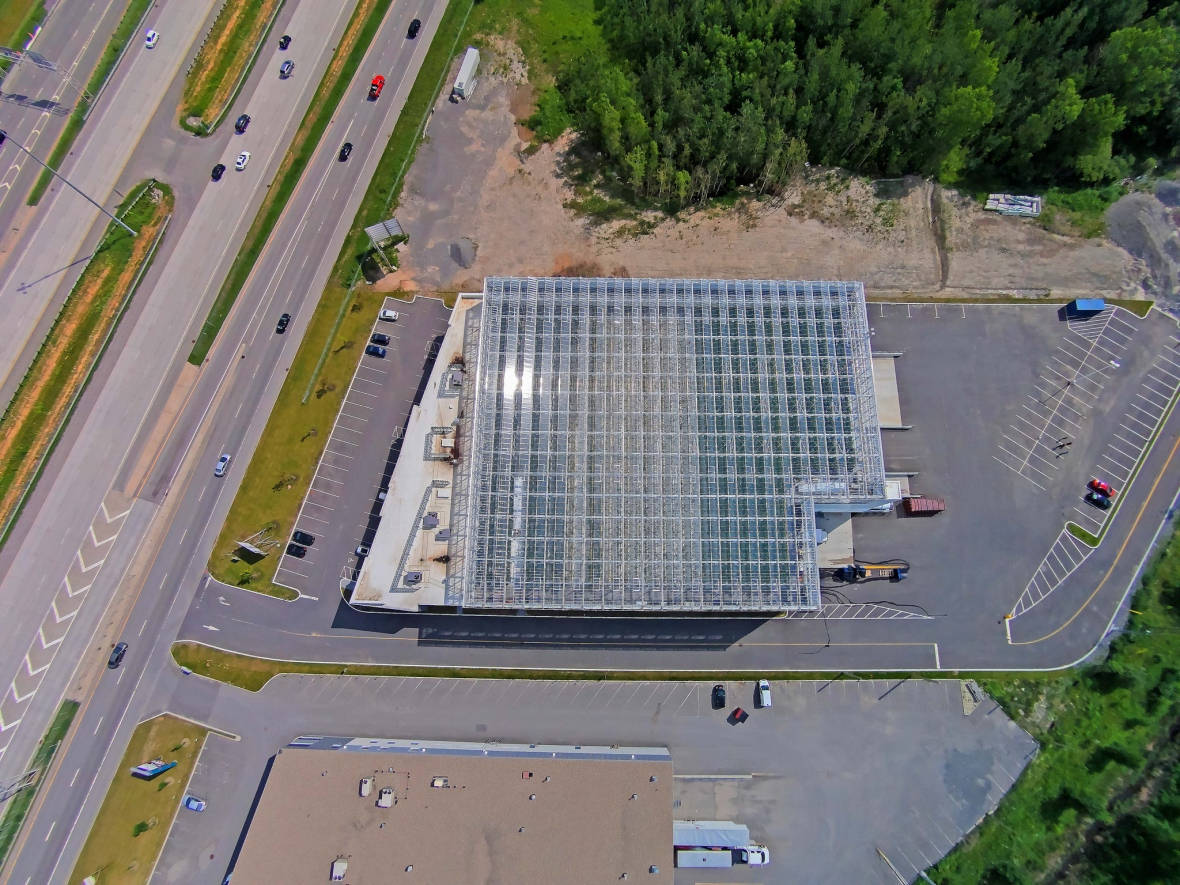May 3, 2018
The Future, With Urban Farming

Submission by Apex Window Works
In 2018, urban farming is a very hot-button issue. When you look at the growth of the eco-friendly movement, brought on by the spreading awareness of Global Warming, and consider the global economic climate over the past decade, the move toward sustainable living just makes sense.
As consumers become more aware of the supply chain of their food, as well as the impact it has on the environment, it becomes abundantly clear that a lot of work is needed to make a real difference.
Urban farming seeks to minimize the carbon footprint associated with mass production and distribution, by localizing produce supply. The concept also seeks to make healthy food both affordable and accessible to those who need it, addressing issues of urban food insecurity.
Providing skills development in the industry of agriculture also contributes to the future economy and future of farming - a gift that keeps on giving.
The international organization Resource Centre for Urban Agriculture & Forestry (RUAF) has recognized the value of urban farming initiatives in poverty-stricken communities, and has partnered with NGOs and industry experts to educate communities and implement urban farms wherever they are needed. RUAF see the potential for poverty to be addressed through education and access to the right resources and support.
The Benefits of Urban Farming

The topic was actually researched in-depth, and covered in a Johns Hopkins Center for a Livable Future paper, in collaboration with Raychel Santo, Anne Palmer, and Brent Kim. The paper revealed that there are more benefits than what was initially presumed. The study found that urban farms can uplift, providing not only access to healthier living, but a deeper understanding of nutrition and how food distribution works.
There’s a financial benefit too; statistics show that where urban gardens are established in a community, the resulting aesthetic upgrade and community cohesion raises surrounding property values, and even reduces crime. In other surveys, it was revealed that communal urban gardens tend to increase social networks and bonds in their neighborhoods.
The Technology of Today: Shaping Urban Farming of Tomorrow
While it may seem that small communities implementing urban farming initiatives would have an insignificant impact on the bigger picture, thanks to the boom of Big Data, evidence pointing to the contrary begins to clearly emerge. Arizona State University’s geographical sciences and urban planning professor, Matei Georgescu, co-authored a study which used Google Earth’s software to analyze the potential impact of urban farming on a global basis.
By scrutinizing the data, his team was able to extrapolate from a range of data sets including population data and meteorological data, and what they found is a promising forecast.
The team predicted that if an urban farming initiative was implemented in every major city in the world, the industry of urban agriculture could yield up to 180 million metric tons of food annually. This figure is massive, accounting for a full 10% of earth’s agriculture production output.
Along with the benefits mentioned, auxiliary financial savings from centralized ecosystem services such as decreased stormwater runoff, decreased urban heat-island effect, energy-efficiency and pest control, urban agriculture could potentially net an additional $160 billion each year.
Studies such like these are why researchers are pushing their urban farming agenda onto local leaders in their bid to make the world aware of the potential to address major global economic, social and environmental issues.
Innovative Communities
Gotham Greens are company who understand the benefits of urban agriculture and want to deliver it to the world. One of their premises is the 15,000 square foot commercial rooftop greenhouse in Brooklyn, which BrightFarms constructed.
The site provides 500 lbs of fresh fruit and vegetables to the local community daily, and was specifically located near the major supermarket and food courts, to keep transport costs and carbon footprint to a minimum.
Conceived by Mohamed Hage and Lauren Rathmell, Lufa Farms is among Canada’s biggest urban agricultural initiatives. It comprises 3 hydroponic greenhouse setups which total 138,000 square feet. Lufa also supply directly to the public, via online ordering platforms - using technology to take the accessibility even a step further.
.jpg)
A Lufa Farms rooftop greenhouse in Canada.
Gotham Greens also operate another Chicago rooftop greenhouse which is 75,000 square feet, reportedly the largest of its kind in the world. These greenhouses are versatile and can be adapted to work well in a range of climates, particularly in colder cities, where usually shorter growing seasons can be extended and local water supply demands can be alleviated.
Looking Ahead
They say that necessity is the mother of all invention. While it is sad that it took crises like global warming and poverty to catalyze change, it is heartwarming to see how humanity can come together amid worldwide crises to find innovative solutions - solutions that are set to shape the future of our communities.
Now, by taking what he have learned, we can design future cities with the lessons in mind.
We have seen the capacity we have to adapt the public spaces in our communities in order to meet their growing needs, as well as the many ways that this cohesion transforms and benefits society.
Urban farming will go down in history as another example of how humanity, when faced with a food security crisis, rose to the occasion and exceeded all expectations in finding a solution that would go on to benefit the future of all mankind.
This article is a contribution made by Apex Window Werks, a home window repair company with headquarters in Chicago, IL. The company’s services include but are not limited to residential and commercial wooden window and door replacement, foggy window repair and broken glass replacement. Feel free to visit their website for more details and get a free price estimation for your project.
Further Reading:
https://www.theguardian.com/environment/2009/jan/11/green-living-ethical-fashion-business
https://www.nytimes.com/2015/12/07/opinion/how-to-build-a-sustainable-city.html
